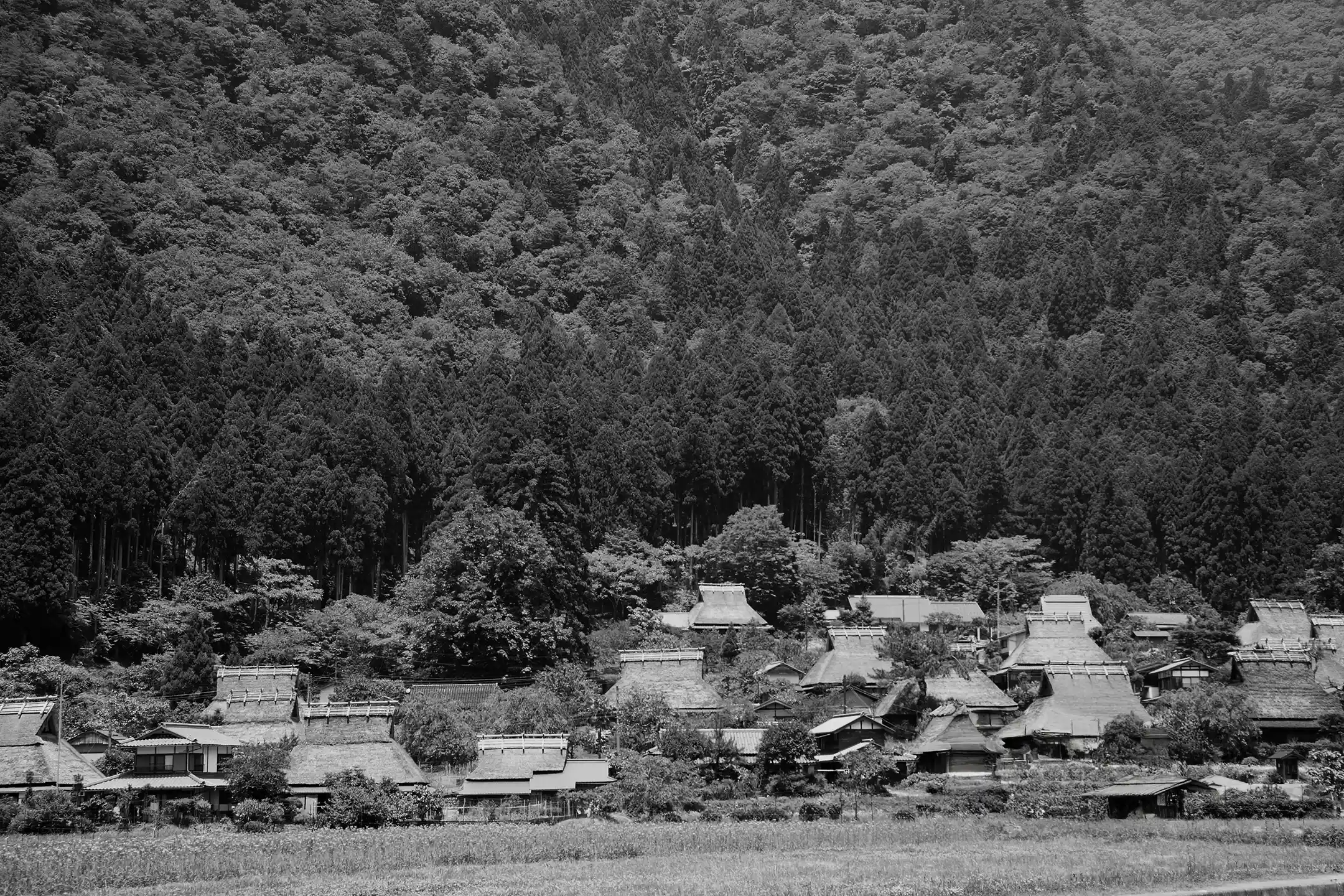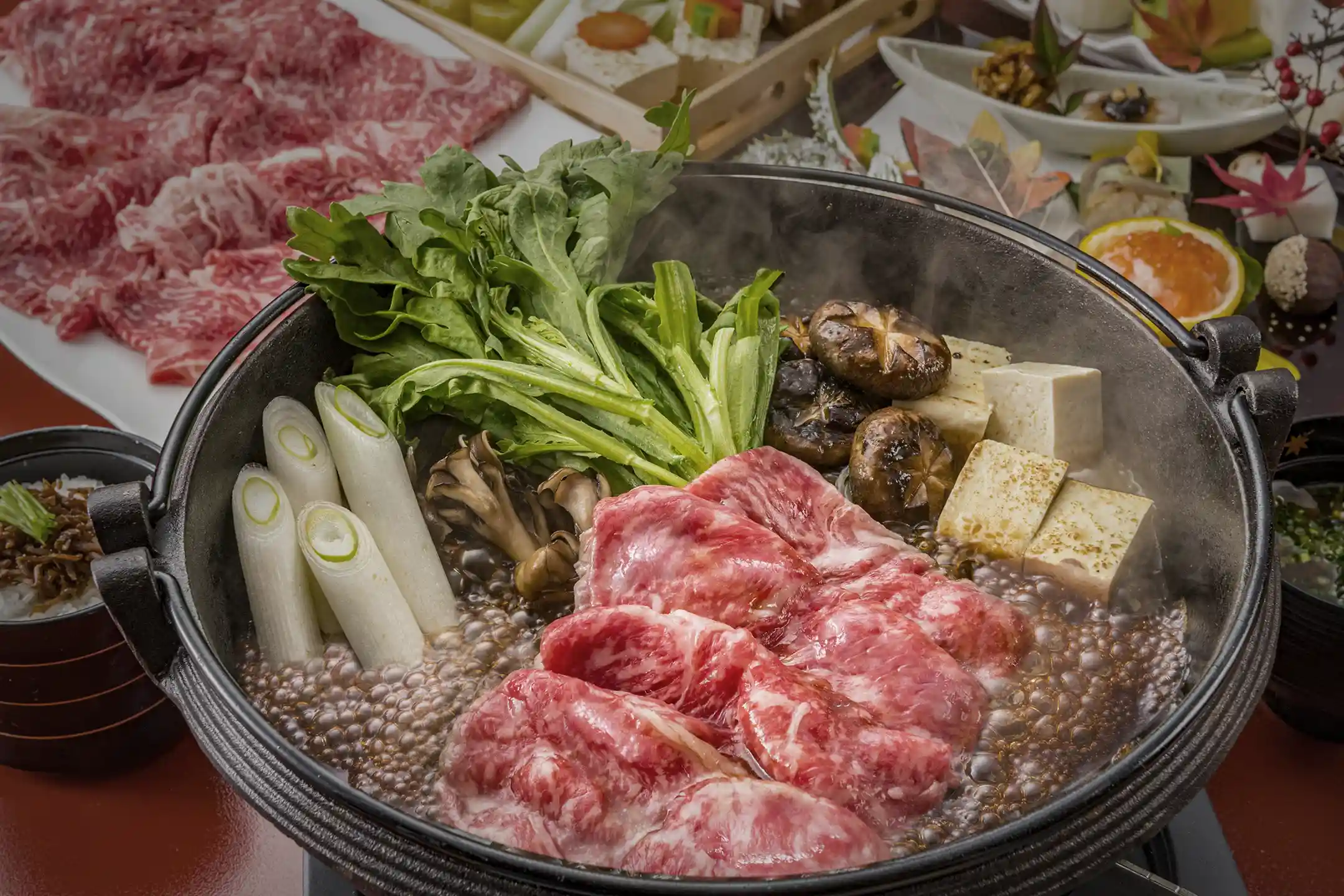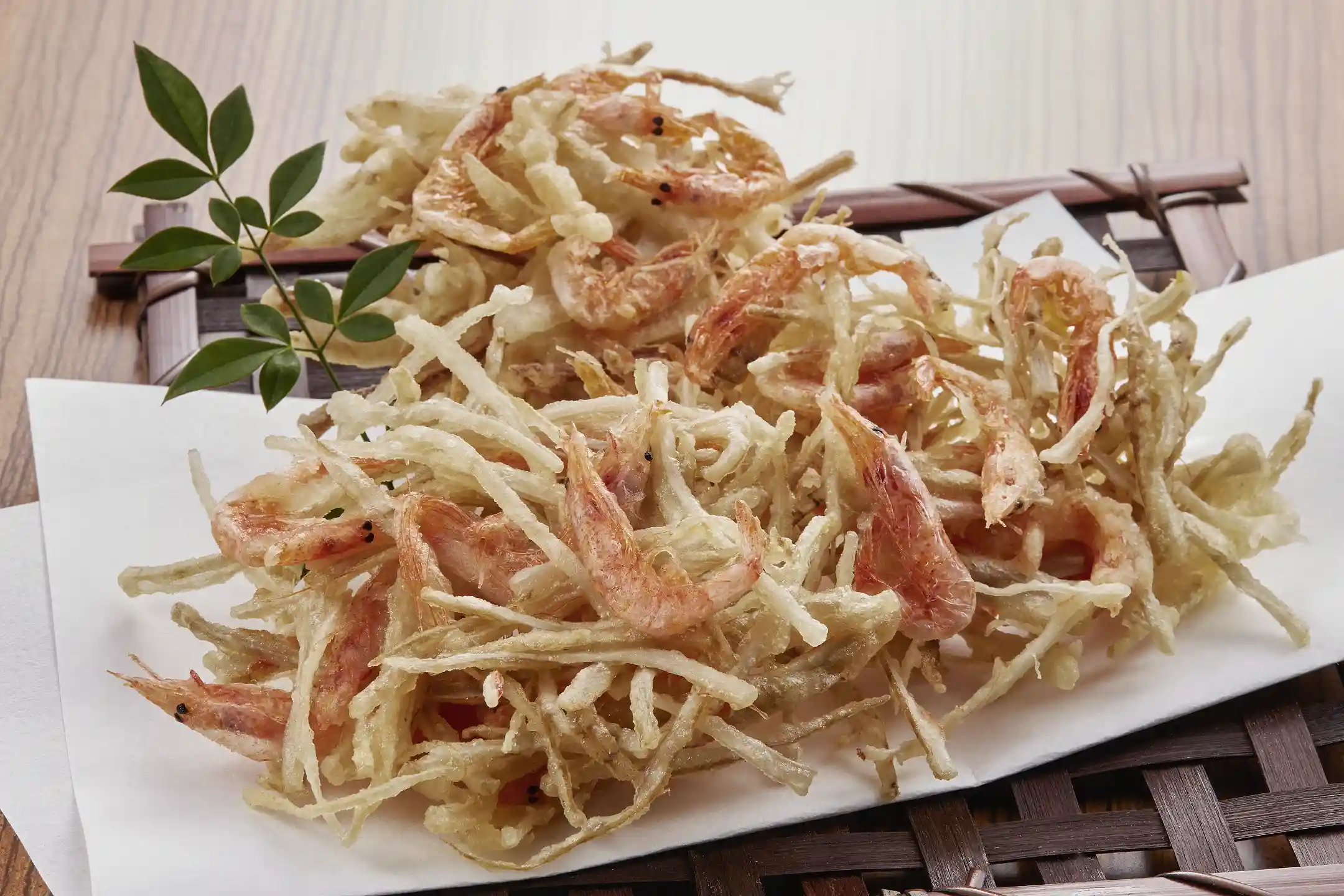The Kyoto countryside moves at a gentle pace—a world apart from the hustle and bustle of the city. If you're visiting from the West, you might find that the serenity and delicate beauty in Japan's landscapes feel almost mystical. Yet you'll soon realize these qualities aren't just reserved for sacred temples or gardens—they're woven into everyday life and aesthetic sensibilities across Japan.
To truly appreciate these unique cultural values, try not to overload yourself with information or an over-packed itinerary. Instead, slow down and open your heart to the landscapes and histories unfolding around you. By taking your journey step by step, you'll rediscover cultural perspectives through local stories and hands-on traditions, making each moment part of your own personal experience.
Enjoy Traditional Art and Beauty in the Kyoto Countryside
Must-Visit Historical Temples and Gardens in the Kyoto Countryside
When you venture beyond Kyoto City’s vibrant center, the countryside invites you into temples where Japanese spirituality and nature harmonize seamlessly. As a Western visitor, you'll likely find these sacred sites—which also serve as artistic showcases—refreshingly novel. At Sanzen-in Temple in Ohara (northern Kyoto), you'll be greeted by expansive moss gardens and charming, childlike Jizo statues (*1).
You'll notice that the Japanese have a special appreciation for how a garden changes with each season—it's a key part of their aesthetic sensibility, finely tuned to even the subtlest seasonal shifts. This tradition reflects a worldview in which nature and people coexist inseparably, and discovering it can be truly enlightening for visitors from abroad.
Be sure to also visit Hosen-in Temple, located nearby in Ohara. It's famous for its "framed garden"—a view designed to look like a living picture from the temple’s tokonoma alcove. This exquisite garden features a five-needle pine tree that's over 500 years old and symbolizes Mount Fuji. You'll also find auspicious motifs hidden in the ponds and miniature hills, showcasing the rich symbolic expression found in Japanese culture (*2).
In contrast to the serene garden, Hosen-in's ceiling has a somber touch: it's constructed from blood-stained wooden boards salvaged from historic battlefields (*3). Details like this speak to Japan's nuanced sensibility—finding ways to honor tragic history while still uncovering beauty within it.
Another must-see is Kozan-ji Temple, a UNESCO World Heritage site in Kyoto’s Takao area. It's renowned for the "Choju Jinbutsu Giga" scrolls—often called Japan’s oldest manga and designated a national treasure. These scrolls are both whimsical and spiritually significant, blending humor with religious thought (*4). Even if you're familiar with caricatures and satire, seeing these playful medieval animal characters in a sacred context offers a completely different insight—and it’s sure to pique your curiosity.
Traditional Craft Experiences: Visits to Tamba Pottery and Kyoto Washi Workshops
Beyond just observing art, rural Kyoto invites you to roll up your sleeves and actively participate in its traditional culture. For example, the Tamba region is home to Tamba-yaki pottery—one of Japan’s six ancient kilns with roots stretching back to the late Heian period. If you try a hands-on pottery class here, you'll see how clay and fire come together to create countless expressions. It also highlights some fascinating differences between Western and Eastern pottery, whether in shapes, colors, or even in aesthetic perception (*5).
Another immersive experience is making Kurotani washi (traditional Japanese paper) in the village of Kurotani, Ayabe City—a craft with an 800-year legacy (*6). Handcrafted goods are gaining appreciation in the West, but making washi in Japan really underscores how closely natural materials and everyday life are intertwined. Much like farming or fishing, this craft relies on local conditions—like crystal-clear streams and high-quality mulberry plants—as the essential foundation of the art.
When you look at it this way, these so-called "traditional crafts" aren't just souvenirs—they embody daily life and community stories, giving you a deeper insight into the region’s culture and values.
Satisfy Your Intellectual Curiosity in the Kyoto Countryside
Cultural and Historical Tours with Local Experts
Joining a small-group tour led by a local expert is an excellent way to gain firsthand insights that go beyond what you'd find online or in a guidebook. For example, in northern Ine Town you can explore life inside the traditional funaya boathouses along the bay. This gives you a glimpse of how locals live in harmony with the sea, adapting to both its bounty and its challenges (*1). If you're from the West, this lifestyle at the border of land and sea will likely feel novel and enlightening, embodying generations of accumulated wisdom.
Another enriching opportunity is visiting the thatched-roof village of Miyama and meeting the people who call it home. They'll show you that maintaining those historic roofs isn’t just about technique—it's about a whole way of life. Through them, you'll learn about community-led efforts in disaster preparedness and a strong culture of cooperation. You'll come away with a deeper appreciation for rural Japan’s spirit of mutual support (*2).
Together, these experiences foster a nuanced perspective, turning initial unfamiliarity into genuine cultural understanding.
Discover Hidden Legends and Historical Sites
The countryside of Kyoto is also rich with Japanese mythology and folklore. Take the demon-slaying legend of Oeyama in Fukuchiyama, for example. In Japanese culture, demons (oni) aren't just monsters to fear—they can also represent natural disasters or even inner struggles (*3). Learning about these tales reveals layers of meaning behind oni that are quite different from Western ideas of dragons or goblins.
Another famous story from this region is the legend of Urashima Taro, which comes from the Tango Peninsula. If you visit Urashima Shrine in Ine’s Honjo district, you can see the tale come to life, including the fabled "tamatebako" (treasure box) and ancient scrolls on display (*4). Experiencing these narratives firsthand shows how Japanese folklore passes down wisdom and morals, giving you a deeper cultural insight.
Experience a Refined Lifestyle in Rural Kyoto
Beautiful Accommodations in Rural Kyoto: From Machiya to Boutique Hotels
Rural Kyoto offers a variety of places to stay, blending traditional architecture with modern comfort. You might spend the night in a restored townhouse (machiya) or a country home (kominka). These wooden buildings feel different from the stone structures back home, and they're designed to let you fully appreciate the changing seasons around you.
.webp?width=750&height=500&name=Amanohashidate%20(a%20scenic%20sandbar%20in%20Kyoto).webp)
For example, Genmyoan is a boutique inn perched on a hillside overlooking Amanohashidate. Its guest rooms are designed in the elegant sukiya-zukuri style, creating harmonious Japanese spaces that blend gently with nature (*1). On the Tango Peninsula, Kominka Goheiji offers exclusive luxury—it rents out an entire traditional residence (and its storehouse) to just one group per day (*2). Either way, you'll gain a new appreciation for spaces crafted from wood, paper, and earth. Reflecting on why these naturalmaterials hold such value in Japan will add depth to your stay.
Savor Local Gourmet Experiences in Rural Kyoto
No journey is complete without savoring the local cuisine. Rural Kyoto’s food scene truly shines at establishments dedicated to chisan-chisho (local production for local consumption). These restaurants and cafés take pride in using ingredients from the surrounding land, reflecting a deep appreciation for seasonal freshness and gratitude for nature’s bounty.
For example, the Tamba Wine House in Kyotamba Town serves wines from its own vineyard paired with seasonal dishes—a combination that never fails to delight visitors (*3). Even if you're familiar with winery culture back home, you'll find new excitement in tasting a wine shaped by Japanese soil and climate. And as you enjoy these local flavors and learn about the region’s environment and history, you'll find your meal becomes more than just dining—it turns into a learning experience.
Explore Rural Kyoto Sustainably
Eco-Friendly Travel by Electric Vehicle in Rural Kyoto
Travelers around the world are increasingly looking to enjoy nature responsibly. One innovative option is to explore rural Kyoto by electric vehicle (EV). Using an EV means you can minimize your environmental impact while soaking in the beautiful mountain and coastal scenery. In fact, the roadside station "Funaya no Sato Ine" in Ine Town offers a rapid EV charging station, making it convenient for visitors to choose this eco-friendly option (*1).
You'll also find that even your transportation choices can lead to new insights. As you drive through the countryside, you might start thinking about how modern convenience—like driving a car—can coexist with caring for the environment. It turns something as routine as getting around into a thoughtful part of your journey.
Community-Based Sustainable Tourism in Rural Kyoto
Farm stays are another sustainable travel trend on the rise in areas like Ayabe City and Fukuchiyama City in the Chutan region. By staying with a local farming or fishing family, you experience their daily routines up close—from early morning chores to shared meals. It’s a chance to understand cultural traditions and natural cycles that have shaped the region for generations (*2).
These farm stays offer a unique opportunity for genuine cross-cultural exchange. You'll learn directly about local agricultural practices and the rhythms of country life, while your hosts see their world through your eyes. This mutual understanding helps break down stereotypes and broadens everyone's cultural appreciation..webp?width=750&height=500&name=Kannon-ji%20Temple%20in%20Fukuchiyama%20City%2c%20Kyoto%20Prefecture%20during%20Hydrangea%20Season%20(Kaka%20Viewing).webp)
Conclusion
Ultimately, a journey through the Kyoto countryside is more than just sightseeing—it’s a rare opportunity to truly connect with the region's history, culture, and the values of its people. The art preserved in countryside temples and gardens speaks to a long-standing harmony between people and nature, while traditional crafts like pottery and washi paper reflect community life and creativity passed down through generations.
When you spend time with local residents, you'll gain insights into their environment and way of life that foster mutual respect. And those refined inns and farm-to-table meals? They blend contemporary comfort with historical charm. Even initiatives like EV travel and farm stays show how tourism can help preserve the environment and revitalize local communities.
Rural Kyoto embraces outside influences while still holding onto its cherished traditions. As you explore these areas and chat with the people who call them home, you'll start to see that what you consider "normal" in your own culture isn't the only way. Realizations like these are perhaps the true essence of travel. So why not set off on your own journey through the Kyoto countryside with an open heart and a curious mind? You're sure to come away with new insights and lasting memories.
Author Bio

Maoko Shibuya
Content Planner & Writer Holding a master’s in Digital Marketing and experience across global markets, Maoko blends international perspective with a deep appreciation for Japan’s cultural heritage. She plans and writes compelling narratives that reveal the country’s beauty and depth, drawing on her passion for travel, local cuisine, and cultural exploration.





/Kazunoko%20Matsumae-zuke%20(Herring%20Roe%20and%20Seafood%20Pickles).webp)